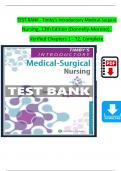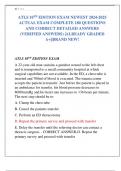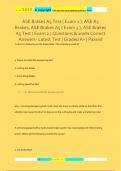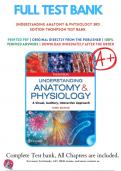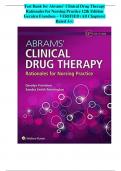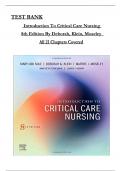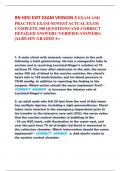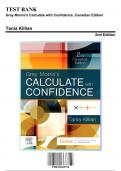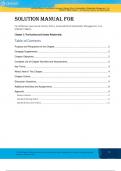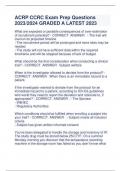Exam (elaborations)
TEST BANK For Timby's Introductory Medical-Surgical Nursing, 13th American Edition by Donnelly-Moreno, Verified Chapters 1 - 72, Complete Newest Version
TEST BANK For Timby's Introductory Medical-Surgical Nursing, 13th American Edition by Donnelly-Moreno, Verified Chapters 1 - 72, Complete Newest Version TEST BANK For Timby's Introductory Medical-Surgical Nursing, 13th Edition by Donnelly-Moreno, Verified Chapters 1 - 72, Complete Newest Version...
[Show more]
